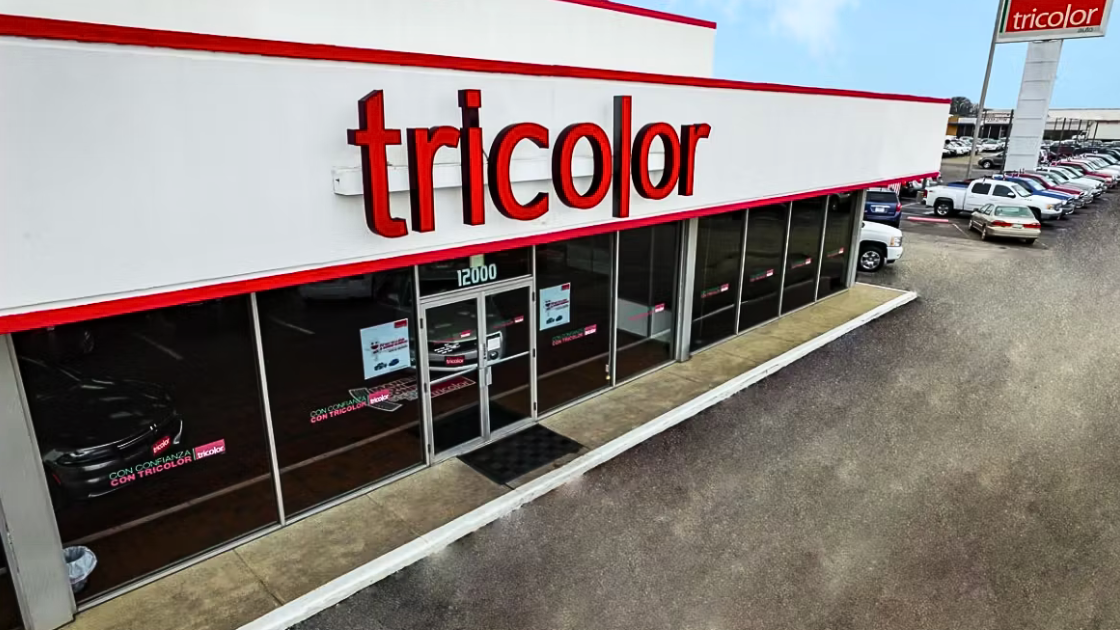
As EV adoption accelerates, many drivers in big metro cities are still struggling to find convenient places to charge their cars, but a slew of startups are working on what’s next: curbside EV charging.
Why it matters: Most EV charging happens at home. But, a third of U.S. households are in multi-unit buildings, where installing chargers can be costly or impractical. Curbside chargers are essential for filling this gap — giving city dwellers more ways to charge near their homes and workplaces.
The challenge: Adding new chargers to crowded urban spaces is no small feat. High installation costs, disruptive construction, and complex permits are just a few hurdles.
The big players: Beam Global is betting on renewable energy to tackle the problem. Its BeamSpot system transforms traditional street lights into charging stations by adding a 1kW solar panel and a 1kW wind turbine. The power generated is stored in a 15 kWh battery that runs both the streetlight and a 5.76 kW EV charger.
How it works: Beam Global’s system uses existing street light foundations and grid connections. This avoids costly construction and utility upgrades. So, it is less disruptive to install in busy urban areas.
The catch: BeamSpot’s charging speed is relatively slow, providing up to 220 miles of range over a full day. Good for overnight charging at apartments or office complexes, but not so effective for drivers looking for quick top-offs during shorter stops.
On the opposite end of the spectrum, Gravity is focused on speed. The company’s curbside “DEAP Trees” can deliver between 200 – 500 kW of power—enough to add 200 miles of range in just 5 to 13 minutes. The chargers feature swing arms that make it easy to reach any EV model and retract when not in use to avoid clutter and vandalism.
Reality check: Most current EVs aren’t yet equipped to handle this kind of ultra-fast charging speed. Gravity's tech is a bet on the future. It assumes that demand for faster curbside charging will grow as vehicle capabilities evolve.
Itselectric is taking a different approach by bypassing the utility grid entirely. Its EV chargers draw power directly from nearby buildings, making them easier and cheaper to install in dense urban areas with outdated grid infrastructure.
The trade-off: Because it depends on building power, Itselectric’s charging speeds are slower compared to other curbside options.
Proof of concept: In New York City, where curbside charging is being tested through a pilot program, these solutions are already proving their value. Chargers in the pilot program have a 99.9% uptime and a 72% average utilization rate so far in 2024, according to the NYC Department of Transportation.
The bottom line: There’s no shortage of ideas when it comes to EV charging solutions—but one thing is clear: the U.S. needs a lot more of them.
Become an automotive insider in just 5 minutes.
Get the weekly email that delivers transparent insights into the car market.
Join 80,000 others now, it's free:
In today's automotive landscape, car buyers invest more time than ever in researching, considering, and comparing options. But for dealers, the challenge lies in pinpointing the audience ready to make a purchase.
Enter Premier by Edmunds.
Premier offers dealers a groundbreaking way to connect with in-market car shoppers precisely when, where, and how they prefer. With over 20 million monthly visits, Edmunds.com is the go-to destination for buyers seeking market insights, expert advice, and budget tools to make informed decisions.
Through Edmunds Premier, dealers gain access to this highly coveted audience. Simply list your new and used inventory on Edmunds, and watch as qualified, in-market traffic flows directly to your vehicle detail pages on your website.
Don't miss out on this opportunity to elevate your dealership's visibility and sales performance. You can sign up for Premier today at Edmunds.com/CDG.











